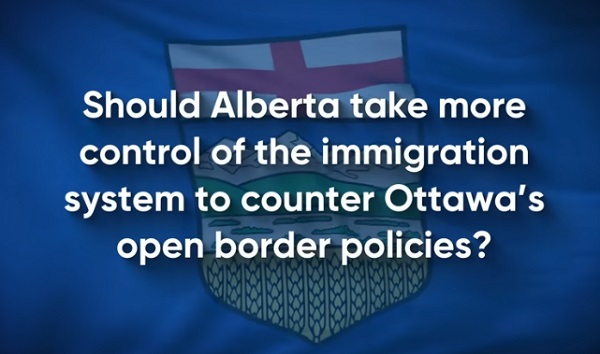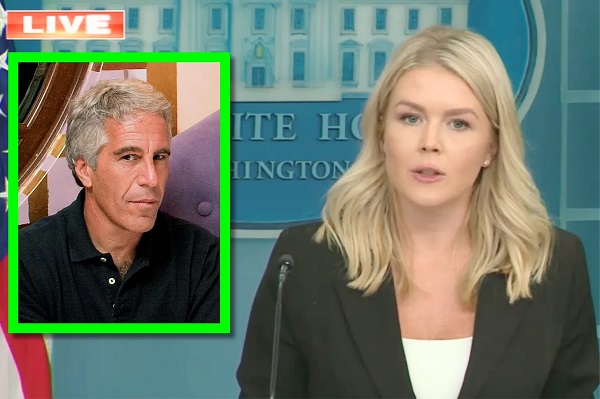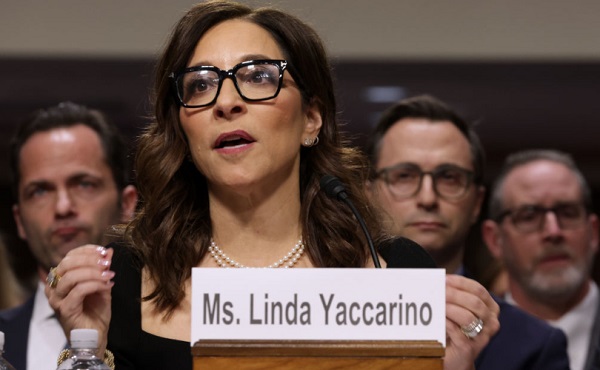Fraser Institute
Ignore climate-obsessed propagandists and enjoy your summer

From the Fraser Institute
Ah summer, a season we used to meet with joy. Outdoor parties, leisurely road trips, weekends at the beach, blazing barbecues by day, blazing bonfires by night. We used to sing paeans to the season—“Summertime, and the living is easy, fish are jumping and the cotton is high.”
But a strange thing has happened—the climate-obsessed folks have seized upon summer as a primary propaganda source and use it to demonize activities that might produce greenhouse gases. They don’t want your living to be easy. They want your coal or gas barbecues gone, your road trips gone, your air conditioning coolant weakened or gone, and so on. And every heatwave, every forest fire, every hint of drought, every reported case of heatstroke, and even observations of jumping catfish will be proof of a climate crisis where extreme weather will eventually kill us all.
But in a recent study, I found that the evidence of increases in extreme weather events in Canada and around the world is spotty and of limited quality, and often contradictory of the narrative.
First, what about wildfires? The United Nations Intergovernmental Panel on Climate Change (IPCC), in its latest climate report, only assigns “medium confidence” to the idea that climate change has actually caused increased “fire weather” in some regions on Earth.
Here at home, as average atmospheric temperatures have risen from 1970 to 2017, Canadian forest fires have actually declined sharply in number and show little obvious trend in areas burnt. As economist/professor Ross McKitrick observes: “Canadian forest fire data are available from the Wildland Fire Information System. Wildfires have been getting less frequent in Canada over the past 30 years. The annual number of fires grew from 1959 to 1990, peaking in 1989 at just over 12,000 that year, and has been trending down since. From 2017 to 2021 (the most recent interval available), there were about 5,500 fires per year, half the average from 1987 to 1991. The annual area burned also peaked 30 years ago. It grew from 1959 to 1990, peaking in 1989 at 7.6 million hectares before declining to the current average of 2.4 million hectares per year over 2017-21. And 2020 marked the lowest point on record with only 760,000 hectares burned.”
Well, but what about drought? According to an international research team, “In the vast majority of the world, trends in meteorological drought duration and magnitude are not statistically significant, with the exception of some small regions of Africa and South America, which is also where data uncertainty is greater.” The International Energy Agency (IEA) in a 2021 report suggests that drought severity in Canada from 2000 to 2020 was only slightly above the global average.
Well, but what about floods? The IPCC says floods have likely increased globally since 1950, but in Canada, at least, “there is a lack of detectable trends in observed annual maximum daily (or shorter duration) precipitation.”
So, summertime and the living is easy. Ignore the shrieks of the climate-obsessed about extreme weather coming for us all, and have some fun in the sun.
Author:
Business
B.C. premier wants a private pipeline—here’s how you make that happen

From the Fraser Institute
By Julio Mejía and Elmira Aliakbari
At the federal level, the Carney government should scrap several Trudeau-era policies including Bill C-69 (which introduced vague criteria into energy project assessments including the effects on the “intersection of sex and gender with other identity factors”)
The Eby government has left the door (slightly) open to Alberta’s proposed pipeline to the British Columbia’s northern coast. Premier David Eby said he isn’t opposed to a new pipeline that would expand access to Asian markets—but he does not want government to pay for it. That’s a fair condition. But to attract private investment for pipelines and other projects, both the Eby government and the Carney government must reform the regulatory environment.
First, some background.
Trump’s tariffs against Canadian products underscore the risks of heavily relying on the United States as the primary destination for our oil and gas—Canada’s main exports. In 2024, nearly 96 per cent of oil exports and virtually all natural gas exports went to our southern neighbour. Clearly, Canada must diversify our energy export markets. Expanded pipelines to transport oil and gas, mostly produced in the Prairies, to coastal terminals would allow Canada’s energy sector to find new customers in Asia and Europe and become less reliant on the U.S. In fact, following the completion of the Trans Mountain Pipeline expansion between Alberta and B.C. in May 2024, exports to non-U.S. destinations increased by almost 60 per cent.
However, Canada’s uncompetitive regulatory environment continues to create uncertainty and deter investment in the energy sector. According to a 2023 survey of oil and gas investors, 68 per cent of respondents said uncertainty over environmental regulations deters investment in Canada compared to only 41 per cent of respondents for the U.S. And 59 per cent said the cost of regulatory compliance deters investment compared to 42 per cent in the U.S.
When looking at B.C. specifically, investor perceptions are even worse. Nearly 93 per cent of respondents for the province said uncertainty over environmental regulations deters investment while 92 per cent of respondents said uncertainty over protected lands deters investment. Among all Canadian jurisdictions included in the survey, investors said B.C. has the greatest barriers to investment.
How can policymakers help make B.C. more attractive to investment?
At the federal level, the Carney government should scrap several Trudeau-era policies including Bill C-69 (which introduced vague criteria into energy project assessments including the effects on the “intersection of sex and gender with other identity factors”), Bill C-48 (which effectively banned large oil tankers off B.C.’s northern coast, limiting access to Asian markets), and the proposed cap on greenhouse gas (GHG) emissions in the oil and gas sector (which will likely lead to a reduction in oil and gas production, decreasing the need for new infrastructure and, in turn, deterring investment in the energy sector).
At the provincial level, the Eby government should abandon its latest GHG reduction targets, which discourage investment in the energy sector. Indeed, in 2023 provincial regulators rejected a proposal from FortisBC, the province’s main natural gas provider, because it did not align with the Eby government’s emission-reduction targets.
Premier Eby is right—private investment should develop energy infrastructure. But to attract that investment, the province must have clear, predictable and competitive regulations, which balance environmental protection with the need for investment, jobs and widespread prosperity. To make B.C. and Canada a more appealing destination for investment, both federal and provincial governments must remove the regulatory barriers that keep capital away.
Business
Carney government should recognize that private sector drives Canada’s economy
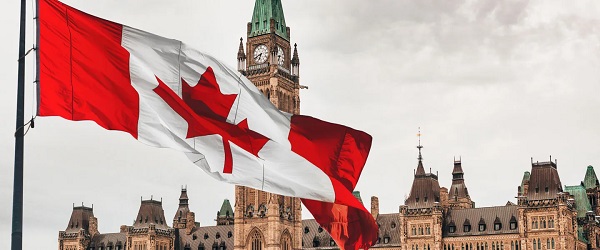
From the Fraser Institute
An important lesson of the Justin Trudeau era is that economic prosperity cannot be built on the back of an expanding government sector, higher deficits and ever-greater political tinkering with the economy. It’s time for something different.
At the half-way point of what’s shaping up to be a turbulent 2025, how is Canada’s economy faring?
By any measure, the past six months have been a bumpy ride. The Canadian economy lost momentum over much of last year, with economic growth cooling, job creation slowing, and the unemployment rate creeping higher. Then as 2025 began came the shock of Donald Trump’s tariffs and—more recently—the outbreak of increased military conflict in the Middle East.
Amid these developments, indices of global policy and business uncertainty have risen sharply. This creates a difficult backdrop for Canadian businesses and for the re-elected Liberal government led by Prime Minister Carney.
Economic growth in the first quarter of 2025 received a temporary boost from surging cross-border trade as companies in both Canada and the United States sought to “front-run” the risk of tariffs by increasing purchases of manufactured and semi-finished goods and building up inventories. But trade flows are now diminishing as higher U.S. and Canadian tariffs come into effect in some sectors and are threatened in others. Meanwhile, consumer confidence has plunged, household spending has softened, housing markets across most of Canada are in a funk, and companies are pausing investments until there’s greater clarity on the future of the Canada-U.S. trade relationship.
Some forecasters believe a recession will unfold over the second and third quarters of 2025, as the Canadian economy absorbs a mix of internal and external blows, before rebounding modestly in 2026. For this year, average economic growth (after inflation) is unlikely to exceed 1 per cent, down from 1.6 per cent in 2024. The unemployment rate is expected to tick higher over the next 12-18 months. Housing starts are on track to drop, notwithstanding a rhetorical political commitment to boost housing supply in Ottawa and several provincial capitals. And business investment is poised to decline further or—at best—remain flat, continuing the pattern seen throughout the Trudeau era. Even this underwhelming forecast is premised on the assumption that ongoing trade tensions with the U.S. don’t spiral out of control.
How should Canadian policymakers respond to this unsettled economic picture? We do not face a hit to the economy remotely equivalent to that generated by the COVID pandemic in 2020-21, so there’s no argument for additional deficit-financed spending by governments—particularly when public debt already has been on a tear.
For the Carney government, the top priority must be to lessen uncertainty around Canada-U.S. trade and mitigate the threat of sweeping tariffs as quickly as possible. Until this is accomplished, the economic outlook will remain dire.
A second priority is to improve the “hosting conditions” for business growth in Canada after almost a decade of stagnant living standards and chronically weak private-sector investment. This will require significant reforms to current taxation, regulatory and project assessment policies aimed at making Canada a more attractive location for companies, investors and entrepreneurs.
An important lesson of the Justin Trudeau era is that economic prosperity cannot be built on the back of an expanding government sector, higher deficits and ever-greater political tinkering with the economy. It’s time for something different.
Policymakers must recognize that Canada is a largely market-based economy where the private sector rather than government is responsible for the bulk of production, employment, investment, innovation and exports. This insight should inform the design and delivery of economic policymaking going forward.
-

 Business2 days ago
Business2 days agoTrump slaps Brazil with tariffs over social media censorship
-
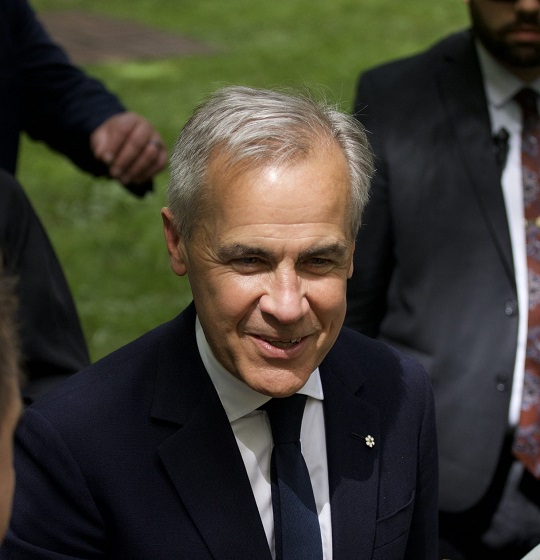
 National1 day ago
National1 day agoHow Long Will Mark Carney’s Post-Election Honeymoon Last? – Michelle Rempel Garner
-
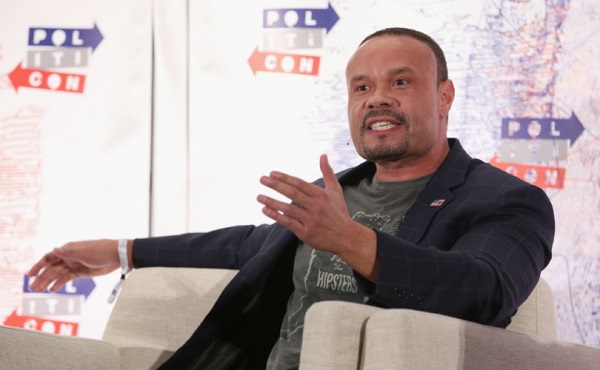
 espionage1 day ago
espionage1 day agoFBI’s Dan Bongino may resign after dispute about Epstein files with Pam Bondi
-
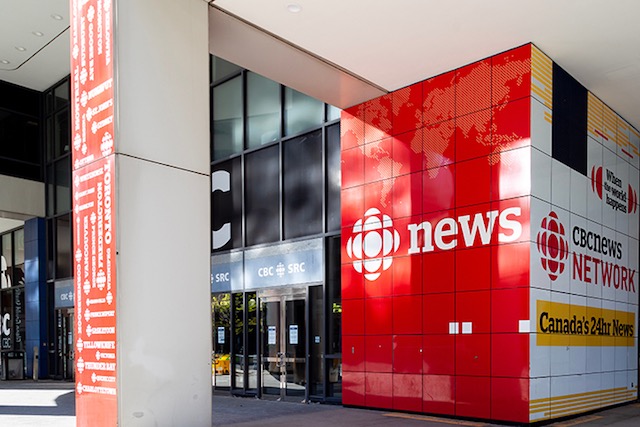
 Business2 days ago
Business2 days agoCBC six-figure salaries soar
-

 Addictions2 days ago
Addictions2 days agoCan addiction be predicted—and prevented?
-

 Addictions2 days ago
Addictions2 days agoMore young men want to restrict pornography: survey
-

 International2 days ago
International2 days agoSupport for the Ukraine war continues because no one elected is actually in charge.
-

 Brownstone Institute2 days ago
Brownstone Institute2 days agoNet Zero: The Mystery of the Falling Fertility



